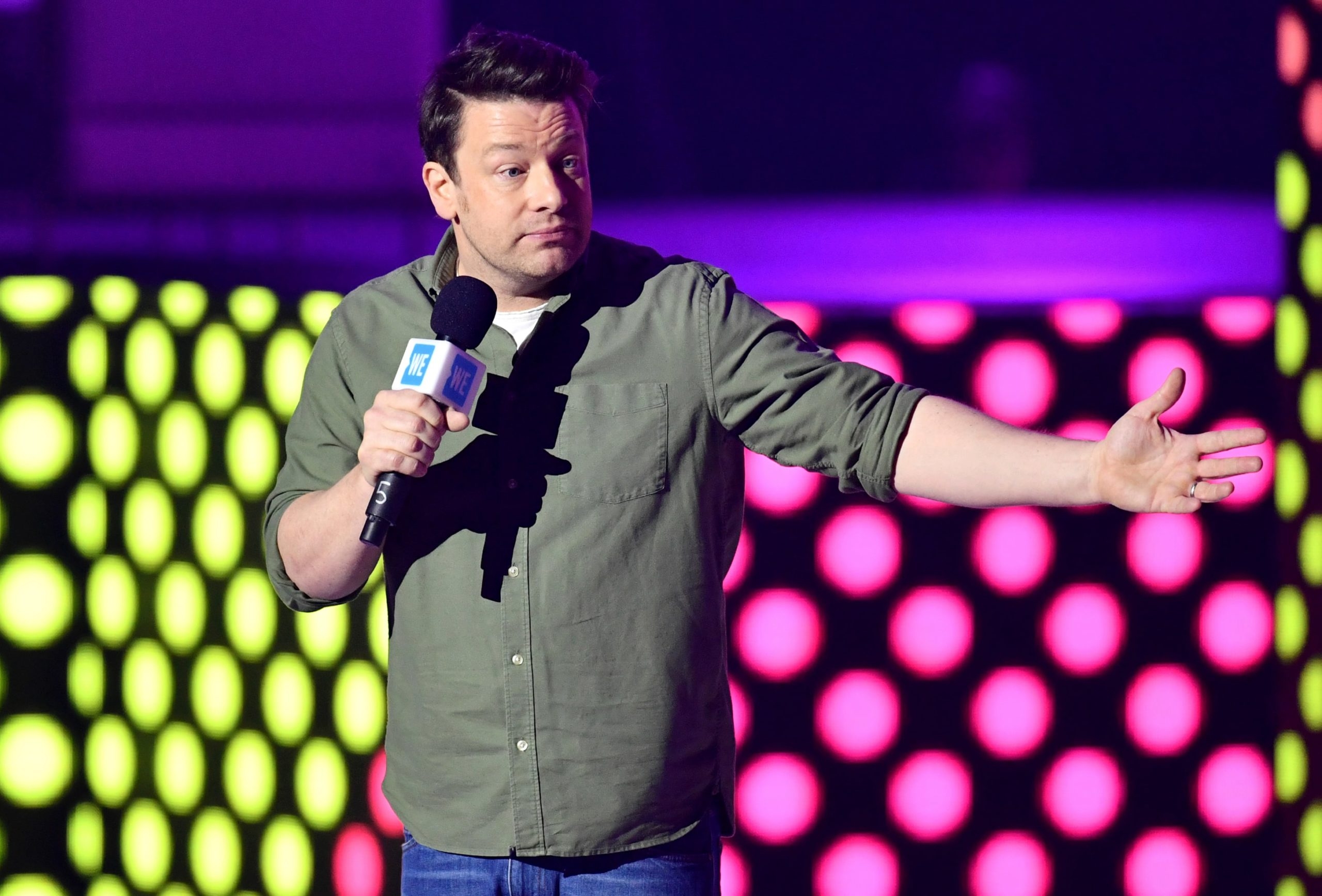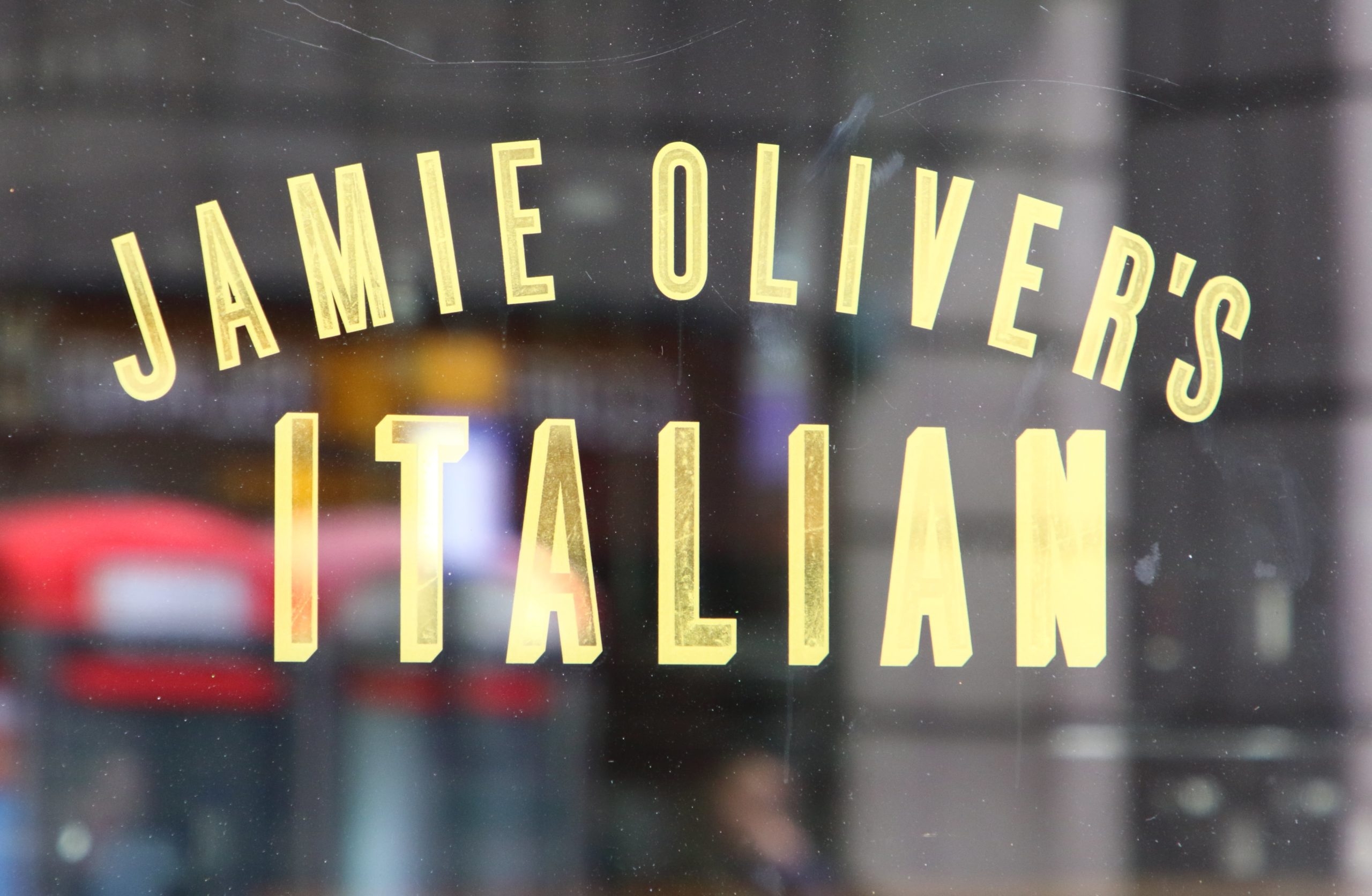Uncategorised
What happened to Jamie Oliver’s restaurants? The down-low on why they shut
14 Dec 2020
3m
Jamie Oliver’s restaurants were once a high street staple, but after dominating British food for almost two decades, the celebrity chef had no choice but to close the vast majority of them.
So, what happened, and why has your local Jamie’s Italian bolted its doors?
Here’s everything you need to know…
What happened to Jamie Oliver’s restaurants?
Reports began to circulate that assets including high-street mainstay Jamie’s Italian, Barbecoa and Fifteen were all under threat, and in May 2019, the Jamie Oliver Restaurant Group went into administration.
As a result, 22 of Oliver’s 25 remaining Jamie’s Italian restaurants shut down and 1,000 people lost their jobs. Just one brand of Jamie’s Italian, along with Fifteen Cornwall at Watergate Bay and Barbecue survived.
It was a huge loss for the celebrity chef, who at one point had 42 Jamie’s Italian restaurants in the UK.
Plus, many fans of his eateries were left disappointed at the situation. So, what happened?
 Jamie Oliver’s empire has collapsed (Credit: PA)
Jamie Oliver’s empire has collapsed (Credit: PA)
Following its collapse (at a time where several high-street restaurant chains were struggling, too) the Jamie Oliver Restaurant Group owed a total debt of £80 million. The firm administrators KPMG stated that the debt would never be recovered.
At the time, Oliver said on Twitter: “I’m devastated that our much-loved UK restaurants have gone into administration.
“I am deeply saddened by this outcome and would like to thank all of the people who have put their hearts and souls into this business over the years.”
Why did Jamie Oliver’s restaurants collapse?
Given how successful and ubiquitous Oliver has beeny the news of such a spectacular fall came as a shock.
Speaking about where things went wrong, Oliver blamed “the well-publicised struggles of the casual dining sector and decline of the UK high street, along with soaring business rates.”
His creditors at KPMG have mumbled their agreement.
If you speak to those at the heart of Oliver’s business, many also blamed Groupon codes and similar vouchers, which “didn’t inspire loyalty or regular customers”, and also argued that the restaurants were too large to maintain at an efficient cost.
This meant that much of the businesses revenue was reliant on short-termism, rather than more comprehensive relationship building.
 Jamie’s Italian was one of the restaurants that failed (Credit: PA)
Jamie’s Italian was one of the restaurants that failed (Credit: PA)
A change in consumer attitudes
In 2008, The Guardian’s restaurant critic Matthew Norman praised Oliver. In the piece, Norman explained that if the chef were to expand the template of his early Jamie’s Italian restaurants, “he will soon be driving a prize herd of recession-proof cash cows across the land.”
But times then changed, and restaurant chains like Jamie’s stopped getting such a warm reception in fever of independent joints, and more high end offerings.
Jamie Oliver built his brand around friendly, fuss free eating that was hearty and healthy in equal measure, but perhaps most importantly, his food was also essentially affordable.
When rising margins meant he had to charge more, some of his customers were likely deterred.
Will Jamie Oliver bring back his restaurants?
There is no disputing that Jamie Oliver is both an able chef and a talented businessman.
It’s impossible to build anything worth $400 million without an understanding of what it takes to be a successful entrepreneur.
The downfall of Jamie Oliver’s restaurants proves it’s not enough to have a model and stick to it. The modern food industry is flexible and dynamic.
New threats and new fashions emerge at a moment’s notice. Independent, more agile beneficiaries of Oliver’s troubles should pay close attention.
The same can happen to anyone if you aren’t on your toes.



